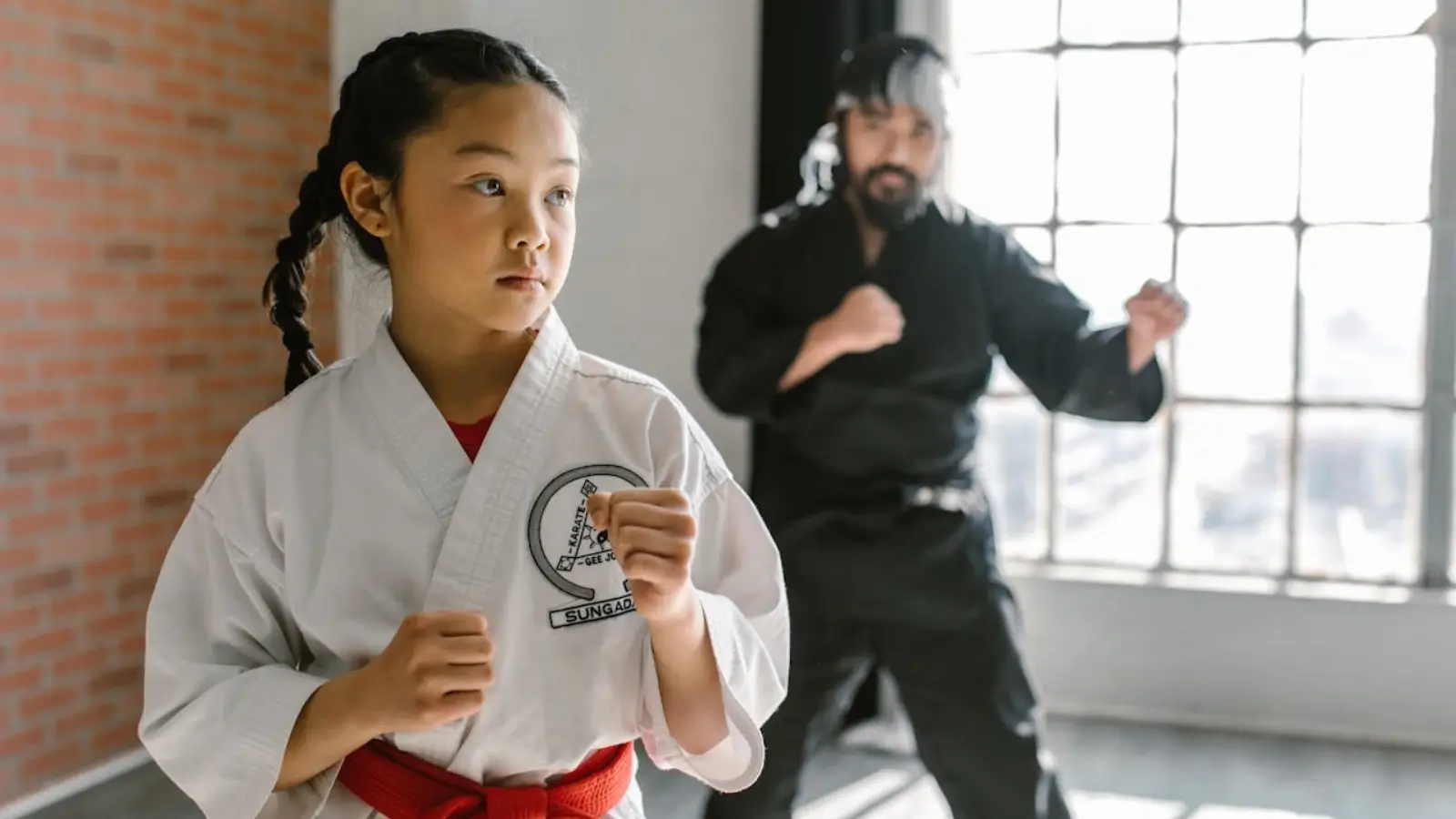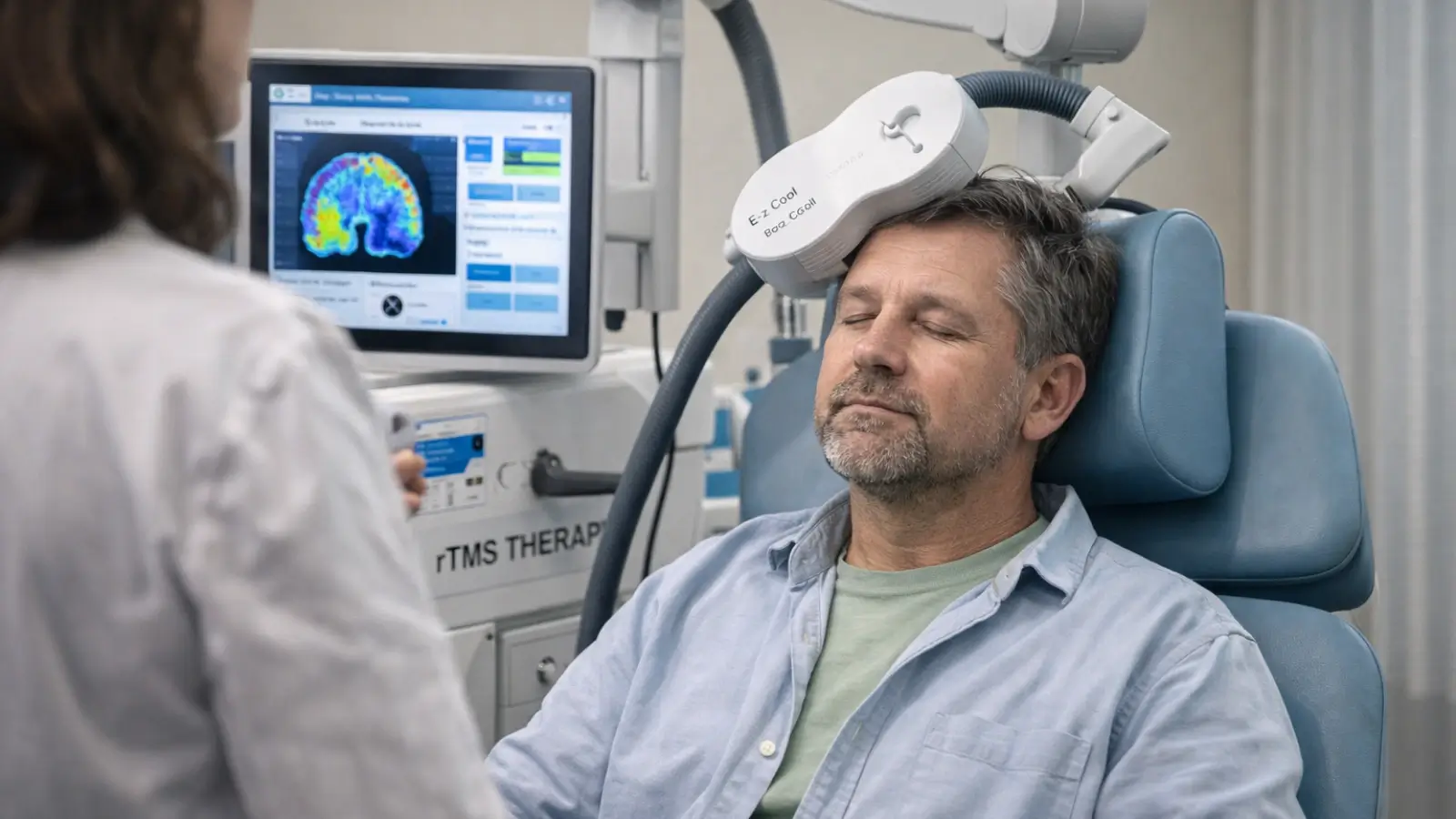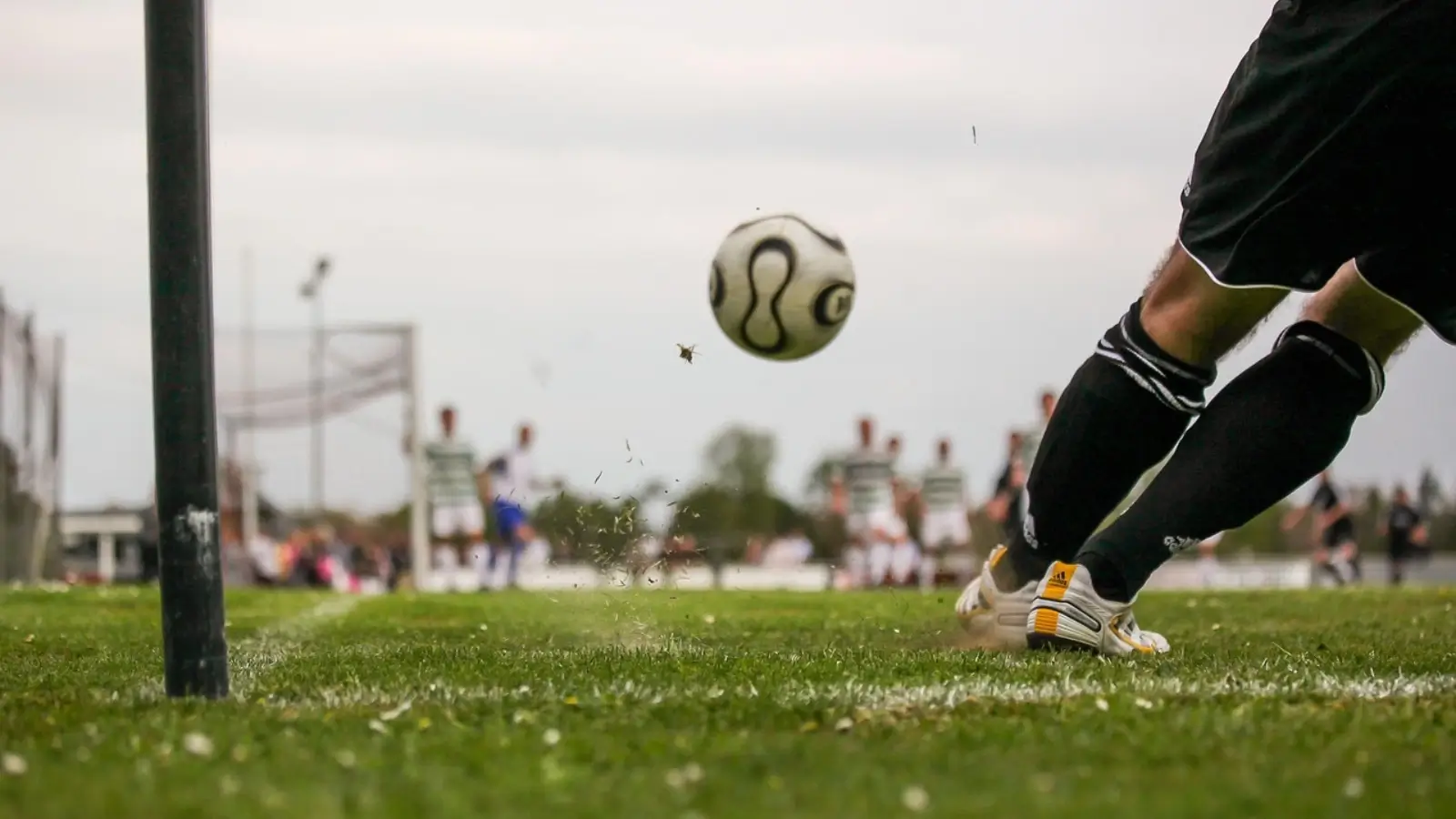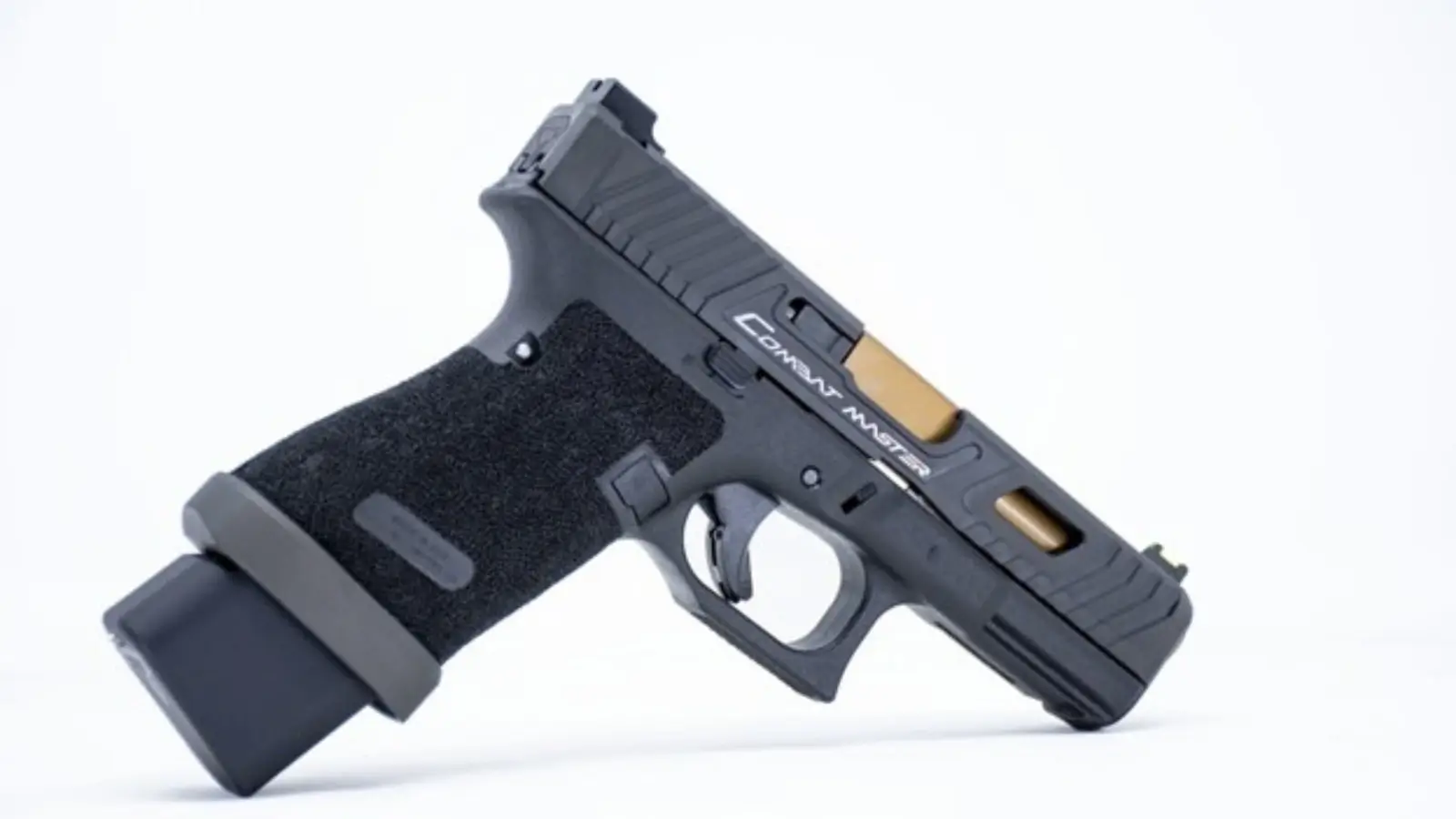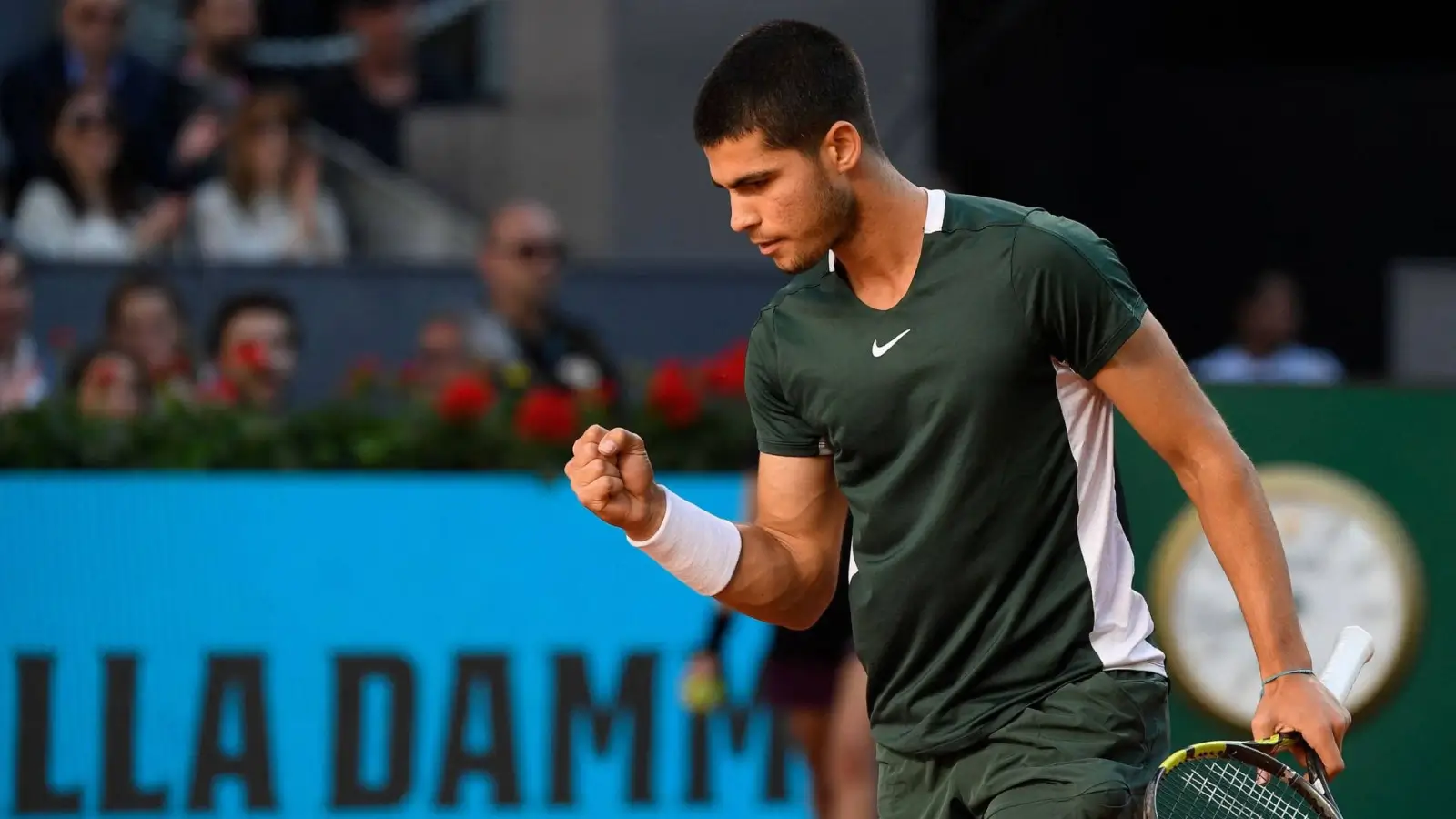Karate, often viewed through the lens of tradition and discipline, also holds a surprising alignment with modern movement science. As fitness and sports performance continue to evolve, biomechanical research has revealed that many traditional karate techniques are not only effective in combat but also biomechanically efficient. National Karate emphasizes both form and function in its training, ensuring students develop not just strength and power, but smart, body-aware movement.
Modern sports science has shed light on how our bodies generate force, maintain balance, and conserve energy. Interestingly, these principles are already deeply embedded in karate’s foundational techniques. Movements such as strikes, blocks, and stances have been refined over centuries to utilize core strength, rotational force, and kinetic chaining—the same mechanisms studied in athletic performance labs today.
Understanding the biomechanics of karate provides students with a deeper appreciation for the art. It shows that karate is not just about aesthetics or tradition; it is a highly intelligent system of movement designed for maximum impact with minimum effort. This makes karate not only effective for self-defense but also beneficial for those seeking physical efficiency and functional strength.
The Mechanics of Striking: Power from the Ground Up
One of the most important principles in both karate and biomechanics is that power begins at the ground. Every punch or kick in karate starts with the feet, travels through the hips and core, and finishes at the point of contact. This concept, known as kinetic chain movement, is foundational in sports science—and it's a perfect description of how traditional karate strikes are executed.
When delivering a punch, the practitioner rotates the hips and shoulders while grounding their stance. This rotational force, combined with forward momentum and proper alignment, generates maximum energy with minimal muscular effort. Proper technique in karate harnesses gravity, body weight, and timing, rather than relying on brute strength alone.
At National Karate, instructors emphasize these biomechanical principles in every class. Students are taught not just where to strike, but how to position their body to create the most effective and efficient result. This attention to detail not only improves performance but also reduces the risk of injury.
Balance, Posture, and Stability in Traditional Stances
Stability is key in both martial arts and functional movement. Karate’s traditional stances—such as zenkutsu-dachi (front stance) or kiba-dachi (horse stance)—aren’t just symbolic forms; they are carefully designed to promote balance, center of gravity control, and base support. These stances teach practitioners to root themselves, absorb force, and transition smoothly between movements.
From a movement science perspective, these stances improve neuromuscular coordination and proprioception. They train the body to maintain equilibrium while generating force, which is critical in dynamic scenarios such as sparring or real-world self-defense.
Karate technique analysis has shown that these stances naturally engage the glutes, thighs, and core—key muscle groups for overall stability. By practicing traditional stances, students are unknowingly performing strength and coordination exercises that support long-term joint health and athletic performance.
Timing and Reaction: The Science of Reflexive Movement
Another element of karate that aligns with movement science is reaction timing. Sparring and self-defense training require the body to react instantly to unpredictable stimuli. This taps into the body's neuromuscular pathways—rapid connections between the brain and muscles that enable quick decision-making and precise motion.
Training drills in karate are designed to sharpen these reflexes. Practitioners learn to read opponents’ body language, anticipate movement, and respond with appropriate techniques. This is similar to how elite athletes train for split-second responses on the field or court.
Karate’s traditional martial arts training emphasizes awareness, observation, and reaction—skills that are neurologically demanding and extremely beneficial for cognitive function. Practicing these drills improves not only martial skill but also overall mental sharpness and processing speed.
Energy Efficiency and Breathing Control
One of the subtle but crucial aspects of karate is the use of controlled breathing. Proper breathing patterns during strikes and movements help regulate energy output, improve oxygen flow, and stabilize the core. Martial artists often exhale sharply during attacks—a technique that is now backed by research in diaphragmatic control and performance efficiency.
In addition to supporting physical performance, controlled breathing also plays a role in reducing fatigue and maintaining composure under pressure. These benefits align directly with principles taught in modern movement and mindfulness practices.
National Karate incorporates breathing control into its curriculum, teaching students how to synchronize breath with movement. This helps not only with endurance and power but also with emotional regulation and presence of mind—an often-overlooked advantage of martial arts training.
Injury Prevention Through Proper Technique
In the fitness world, injury often results from improper movement patterns. Karate, when taught correctly, naturally instills good biomechanics. Proper alignment of joints, conscious movement control, and emphasis on technique over force all contribute to a lower risk of injury.
Movements such as high kicks, rapid direction changes, and low stances, when done with awareness and training, improve joint mobility, ligament strength, and muscular balance. The structured nature of traditional martial arts training minimizes the chaotic movements that often lead to strain or overuse injuries.
At National Karate, instructors prioritize form first. Beginners are taught to respect the mechanics of each technique, which builds a strong foundation for more advanced applications. This focus ensures that students not only improve performance but protect their bodies for the long term.
Bridging Tradition and Modern Understanding
Karate may be an ancient art, but its continued relevance is largely due to its alignment with timeless physical truths. Movements that originated centuries ago are still effective today because they follow the laws of physics, anatomy, and biomechanics. This harmony between tradition and science gives karate a unique place in modern wellness and athletic training.
More fitness professionals and sports scientists are now studying martial arts as a form of cross-training that supports overall physical development. The efficiency of movement in karate—how it teaches the body to move with purpose, conserve energy, and maintain posture—is directly applicable to modern performance training.
For those seeking a discipline that strengthens the body, sharpens the mind, and respects the science of movement, karate offers a well-rounded solution. It is both an art and a system of efficient human mechanics—wrapped in centuries of refinement and cultural wisdom.
Conclusion
Karate is more than a combat sport or traditional art—it’s a science-backed method of building strength, efficiency, and control. As research into biomechanics and performance continues to grow, it becomes clear that the techniques long taught in dojos are rooted in intelligent, purposeful movement.
Programs like those offered by National Karate combine respect for tradition with modern understanding, giving students the opportunity to train smarter, move better, and improve holistically. The alignment of martial arts with movement science makes karate an ideal path for those looking to cultivate not just skill, but intelligent, efficient physical mastery.
In a world of fleeting fitness trends, karate remains timeless—not because of nostalgia, but because its foundation is rooted in how the human body was designed to move. Whether you’re looking to improve your health, expand your understanding of biomechanics, or refine your technique, karate offers a path where science and tradition meet in powerful harmony.

